Optimal Timing for Fire Restorations
Understanding the optimal timing for fire restorations can enhance the effectiveness of cleanup and repair efforts. The best time generally depends on weather conditions, fire seasonality, and property-specific factors. Conducting restorations during periods of mild weather allows for safer and more efficient work, reducing risks associated with extreme heat, humidity, or storms.
Spring and fall often provide ideal weather conditions for fire restorations, with moderate temperatures and lower humidity levels.
Initiating restorations soon after a fire can prevent further damage from weather exposure, mold growth, or structural deterioration.
Planning restorations outside peak fire seasons can help avoid delays caused by emergency response priorities or access restrictions.
Avoiding restorations during rainy or stormy periods reduces complications like water intrusion or equipment delays.

Initial evaluation of fire damage helps determine the best timing for restoration activities.
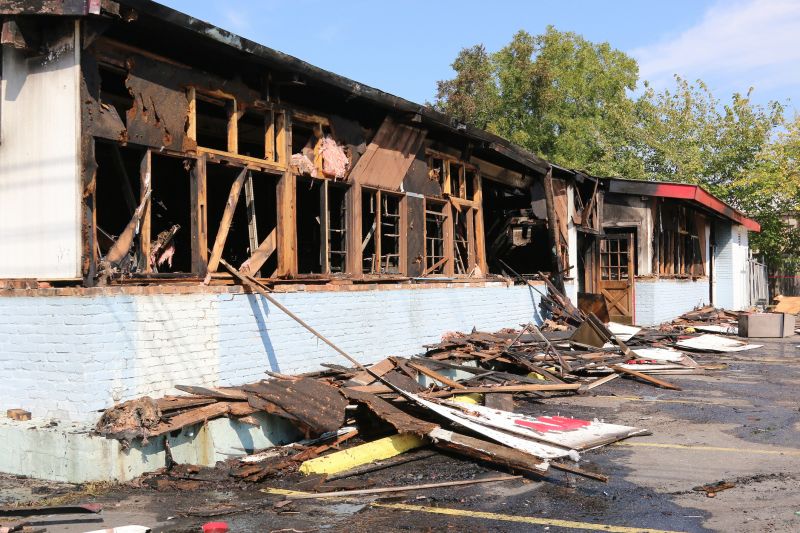
Immediate actions focus on safety and securing the property before full restoration begins.

Removing debris and soot is a crucial early step in fire restoration efforts.

Ways to make Fire Restorations work in tight or awkward layouts.

Popular materials for Fire Restorations and why they hold up over time.
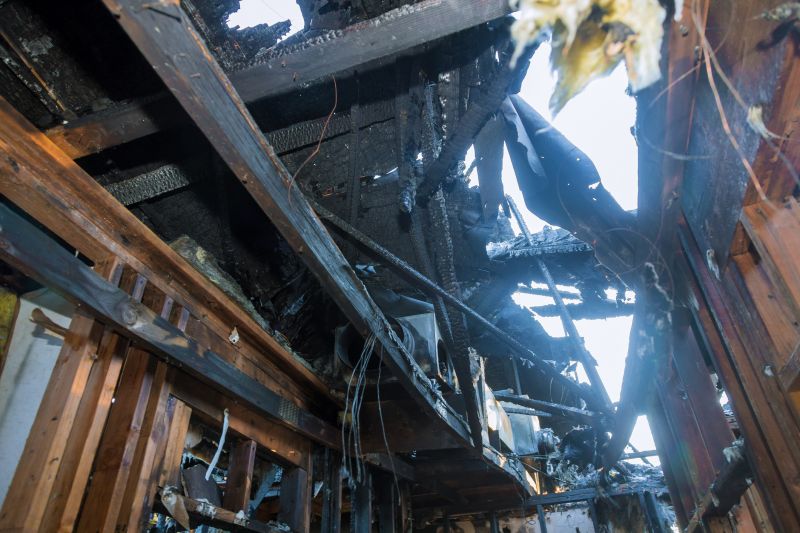
Simple add-ons that improve Fire Restorations without blowing the budget.
| Aspect | Optimal Timing |
|---|---|
| Weather Conditions | Spring and fall are ideal |
| Fire Season | Post-fire period shortly after incidents |
| Humidity Levels | Low to moderate humidity |
| Structural Stability | Assess before scheduling |
| Emergency Response | Immediately after fire for safety |
| Weather Hazards | Avoid during storms or heavy rain |
| Property Readiness | When property is stabilized |
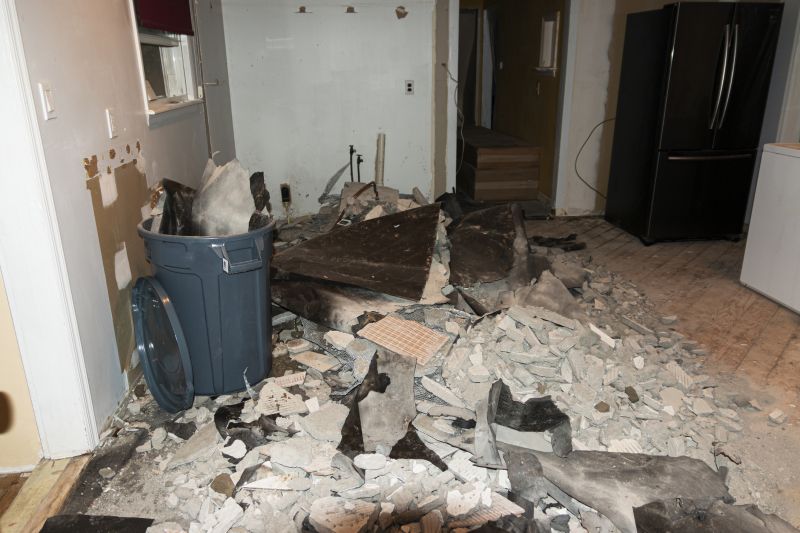
Removing soot and debris to restore the property.
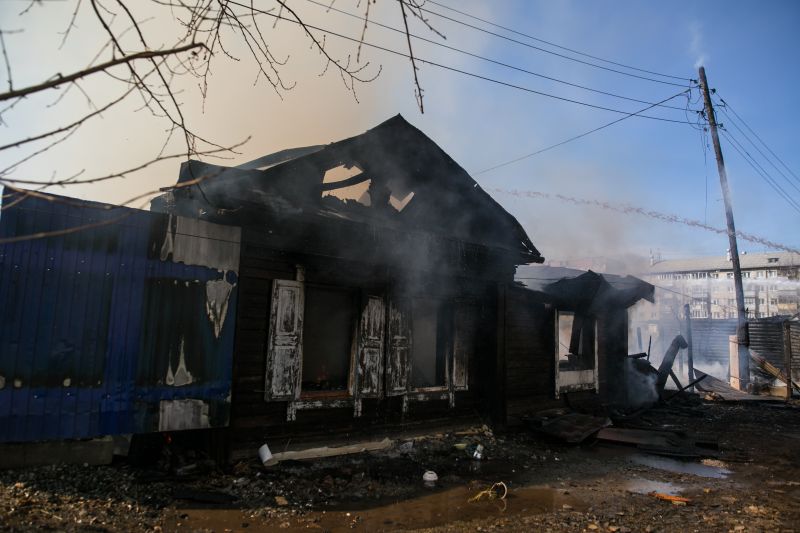
Restoring integrity after fire damage.
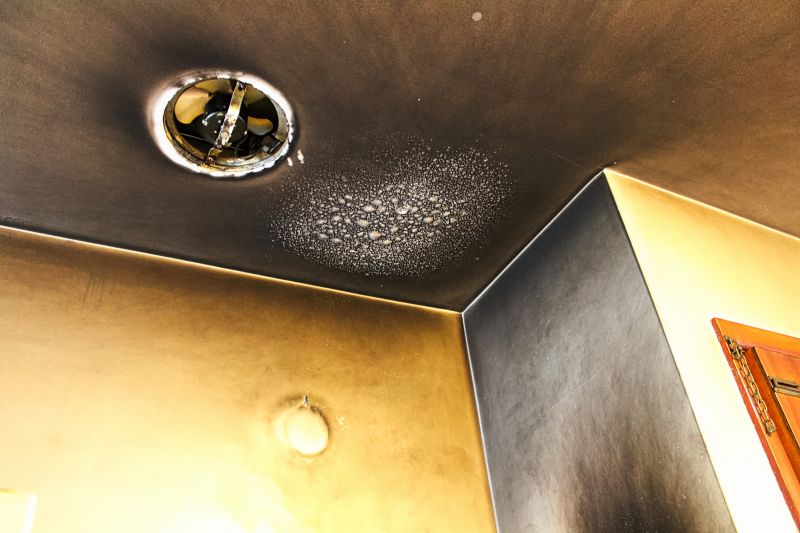
Techniques to eliminate smoke odors.
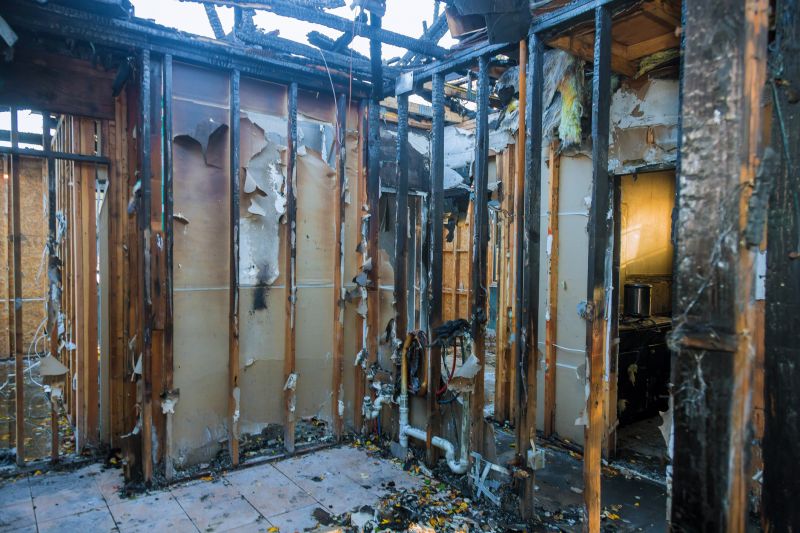
Assessing the extent of damage and necessary repairs.
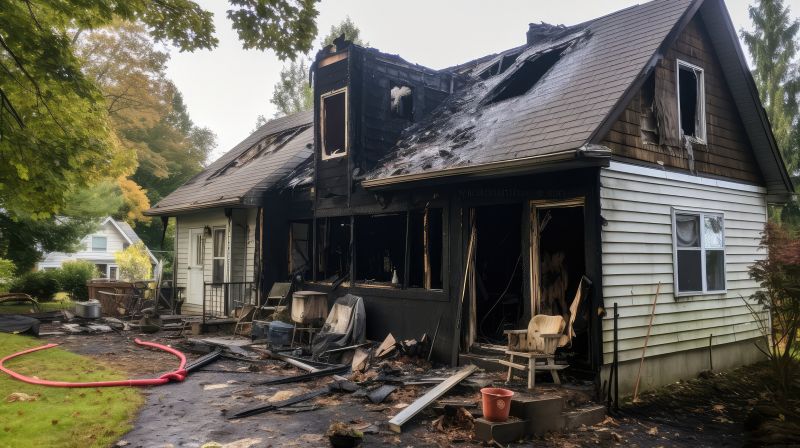
High-end options that actually feel worth it for Fire Restorations.
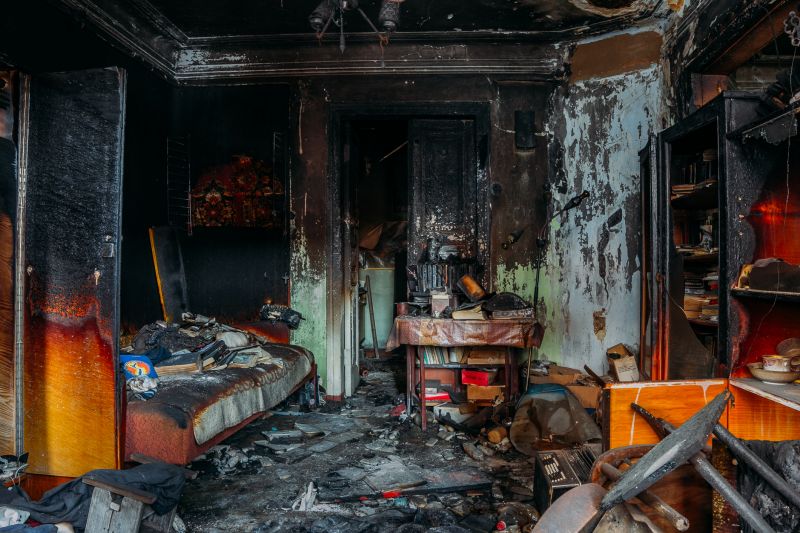
Finishes and colors that play nicely with Fire Restorations.

Little measurements that prevent headaches on Fire Restorations day.
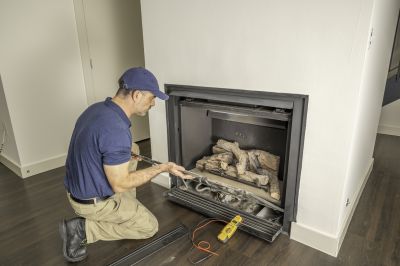
A 60-second routine that keeps Fire Restorations looking new.
Interested property owners can contact professionals to discuss the optimal timing for fire restorations based on specific damage and local conditions. Proper scheduling ensures that restoration efforts are effective, timely, and cost-efficient, minimizing disruption and supporting a safe recovery process.


